We were pretty happy to be going home. Three weeks is a long time, it will be awhile before we do that again. Especially at […]
So I ended this trip the way I started it: exploring a foreign city by myself. Dan had to go back to Gent for an […]
The hotel owner in Bruges (Paul – we found his place on PurpleRoofs.com, too) honored our request for an early breakfast and we left at […]
We are definitely ready to come home, especially Dan who came out 6 days ahead of me for work. And, he just learned he will […]
We did so many little things today I am not even going to attempt to write about each one. The reader can go to Trip […]
We left the Amsterdam apartment about 7:30 this morning, and got to our Bruges hotel around 2:30. We were scheduled to leave at 7:55 but […]
Subscribe to the Blog
Enter your email address to subscribe to my blog, which will provide notifications of new posts. Soon after you enter your email address below, you will receive one to confirm your subscription. Check your spam/junk folder if you don’t see it.

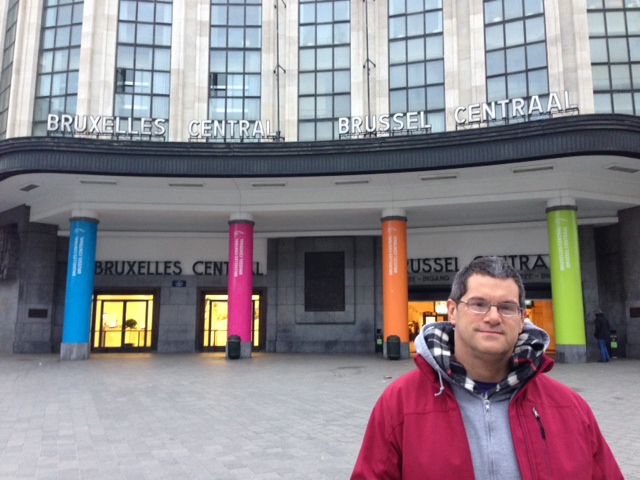
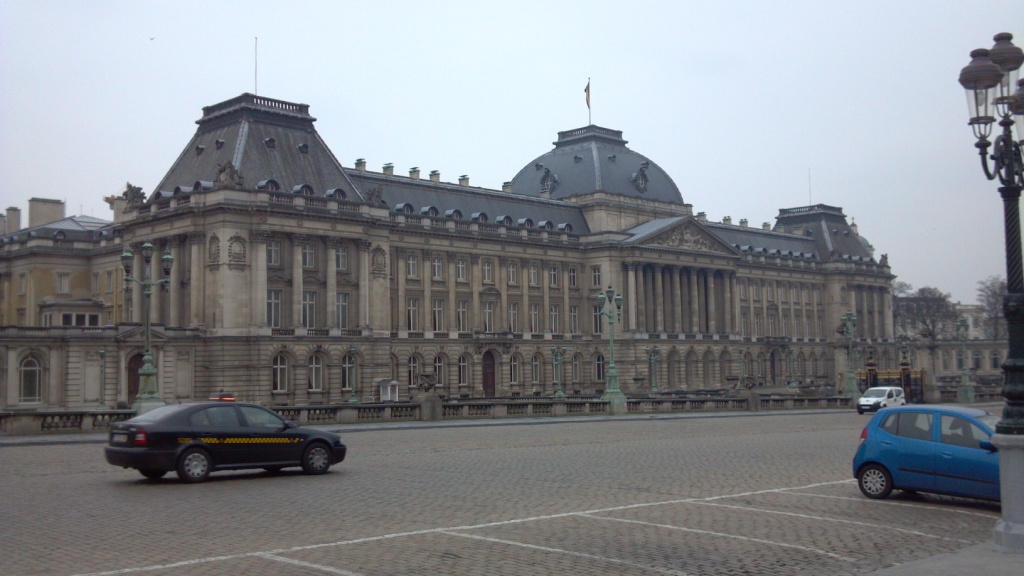


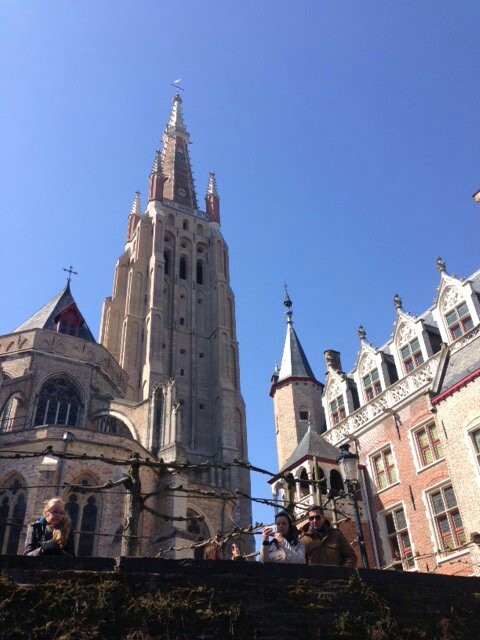
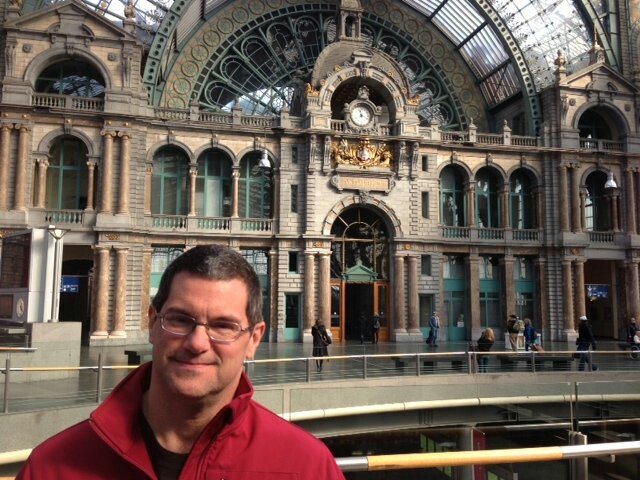


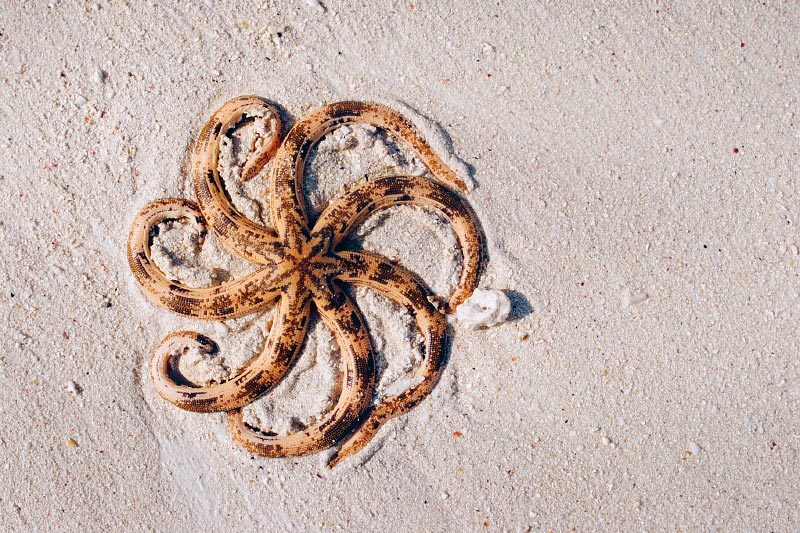

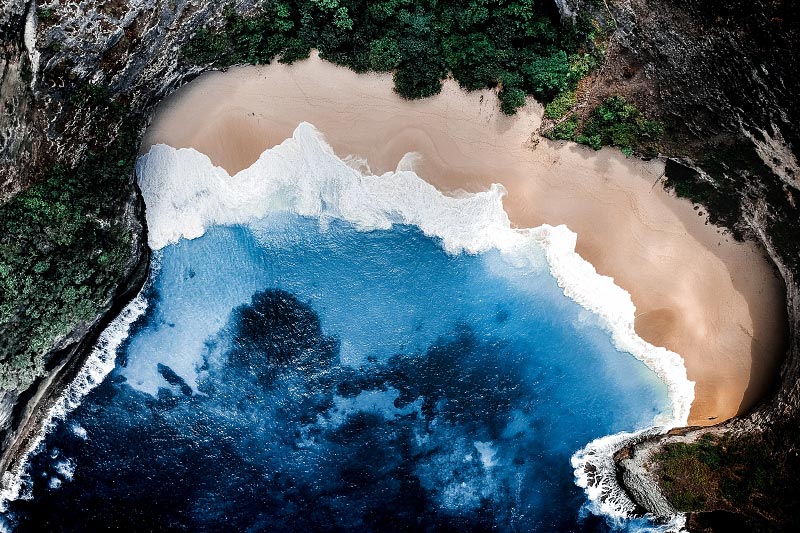
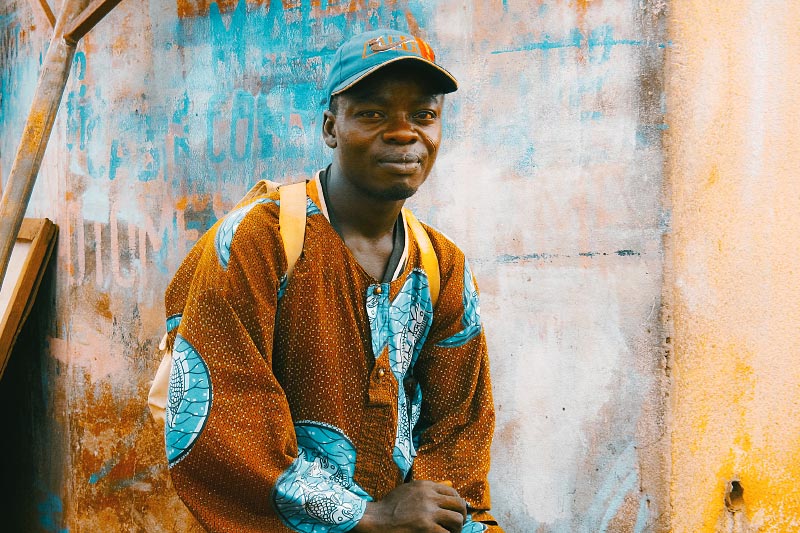
Keep In Touch